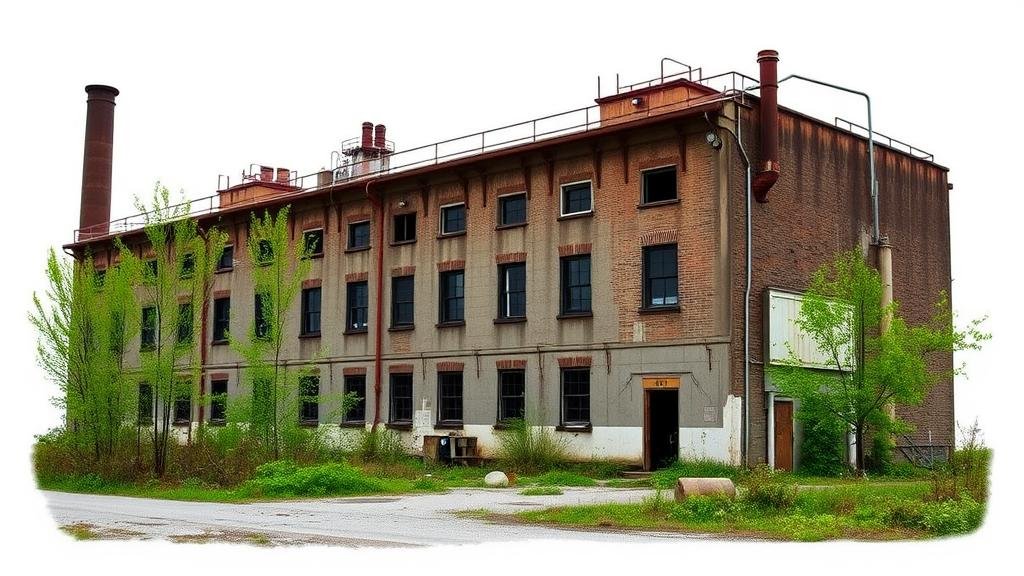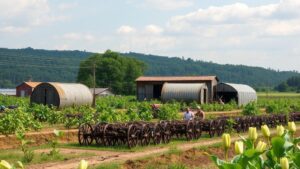Exploring Abandoned Soap Factory Locations for Chemical Industry Relics
Exploring Abandoned Soap Factory Locations for Chemical Industry Relics
The industrial landscape of the chemical manufacturing sector has evolved dramatically over the past century. Among the various branches of this sector, soap manufacturing stands out not only for its historical significance but also for its unique contributions to industrial chemistry. This article aims to explore abandoned soap factory locations, highlighting the importance of these relics in understanding both historical manufacturing processes and the economic impact of industrial decline.
The Historical Significance of Soap Factories
Soap factories have long been integral to the chemical industry. first commercial soap production dates back to ancient Babylon around 2800 BC. The process of making soap involves the saponification of fats and oils, a chemical reaction that requires careful manipulation of materials and conditions. By the late 19th century, soap manufacturing had evolved into a complex industry. introduction of mechanization, as seen in the establishment of factories in cities such as Boston and Chicago, marked a significant shift in production capabilities.
For example, the Lever Brothers soap factory established in Port Sunlight, England in 1888 showcases an early incorporation of both mass production and innovative marketing strategies. This factory not only produced soap but also created a model for employee welfare, establishing one of the first planned communities. Such locations provide rich insights into both technological advances and social changes.
Decline of Soap Factories
The decline of traditional soap factories can be attributed to several factors, including the rise of synthetic detergents, economic globalization, and changes in consumer preferences that favored convenience over traditional products. By the late 20th century, many factories that had once thrived were abandoned, leading to derelict buildings that remain as reminders of a bygone era. Data from the U.S. Bureau of Labor Statistics shows that the number of soap manufacturing establishments decreased from 1,600 in 1970 to only about 700 by 2010.
Exploring Abandoned Sites: Methodologies and Techniques
The exploration of abandoned soap factories offers a unique opportunity for researchers from various disciplines, including industrial archaeology, environmental science, and chemistry. Methodologies for exploring these sites include:
- Site Surveys: Conducting preliminary surveys to assess the physical state of the factory.
- Document Analysis: Reviewing historical records and production logs to gather data on manufacturing processes.
- Interviews: Engaging with former employees or local historians to gain insights into the operational history of the site.
For example, the abandoned Procter & Gamble soap factory in Cincinnati, Ohio, retains much of its original equipment, providing insight into early 20th-century production techniques. Researchers can utilize photographs and blueprints to reconstruct the operational workflow of the factory.
Environmental and Safety Concerns
While the exploration of these sites can yield valuable information, it is essential to address potential hazards associated with abandoned factories. Issues such as hazardous materials (e.g., residual chemicals, contaminated soil) must be carefully managed. EPA has guidelines for the remediation of abandoned industrial sites that ensure both safety and environmental protection. For example, a study conducted by the Environmental Protection Agency in 2019 found that remedial efforts in abandoned industrial zones could reduce soil contamination by up to 75%.
Real-World Applications and Future Research Directions
Research conducted at abandoned soap factories is not merely academic; it has practical applications in environmental restoration, historical preservation, and chemical education. These sites can serve as outdoor laboratories for students studying industrial chemistry by providing a first-hand look at historical manufacturing techniques and chemical processes.
Also, future research may focus on comparative studies of different soap production methods throughout history. Analyzing the transition from traditional methods to modern processes offers insights into the evolution of industrial practices and environmental impacts.
Conclusion
The exploration of abandoned soap factories presents a unique intersection of history, chemistry, and environmental science. By preserving these sites and studying their relics, we can gain valuable insights into the industrial past while also contemplating the future of sustainable chemical production. Ultimately, the relics left in these factories serve as a reminder of the critical role that the soap industry has played in shaping both our chemical landscape and economic history.
As we continue to explore these sites, researchers and students alike are encouraged to engage with both the tangible and intangible remnants of our industrial heritage, ensuring that the lessons of the past inform greener practices in the chemical industry for generations to come.


